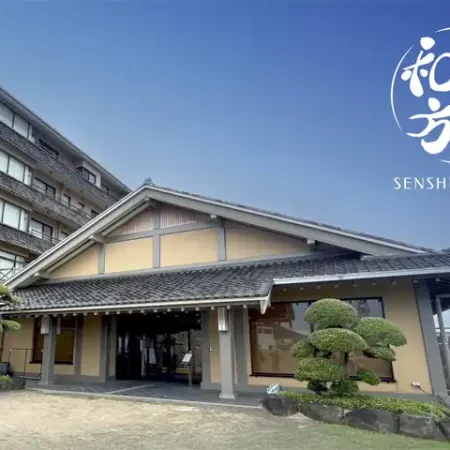Heritage tourism, a unique facet of cultural exploration, is a journey into the soul of a nation, unraveling its history, traditions, and custom. In the context of Japan, a country with a rich tapestry of heritage, this form of tourism offers an immersive experience that transcends time. Let’s delve into what heritage tourism entails, how it manifests in Japan, and the exceptional places that embody the essence of the nation’s cultural legacy.
Table of Contents
What is Heritage Tourism?

Heritage tourism involves traveling to places that authentically represent the stories and people of the past. It goes beyond sightseeing, inviting travelers to engage with the cultural, historical, and natural heritage of a destination. By immersing oneself in the traditions and artifacts of a bygone era, heritage tourism fosters a deep appreciation for the roots of a society.
Cultural heritage tourists might also travel to experience performances, animations, and productions of intangible heritage associated with the history of certain regions, including theatre, opera, ballet, folk performances, indigenous dances, and anthropological storytelling and other performances.
Heritage Tourism in Japan
Japan, with its centuries-old history and rich cultural heritage, stands as an ideal destination for heritage tourism. Visitors have the opportunity to explore the dynamic interplay between ancient traditions and modern life, creating a unique and captivating travel experience.
Top Spots for Heritage Tourism in Japan
Kyoto – The Cultural Heart
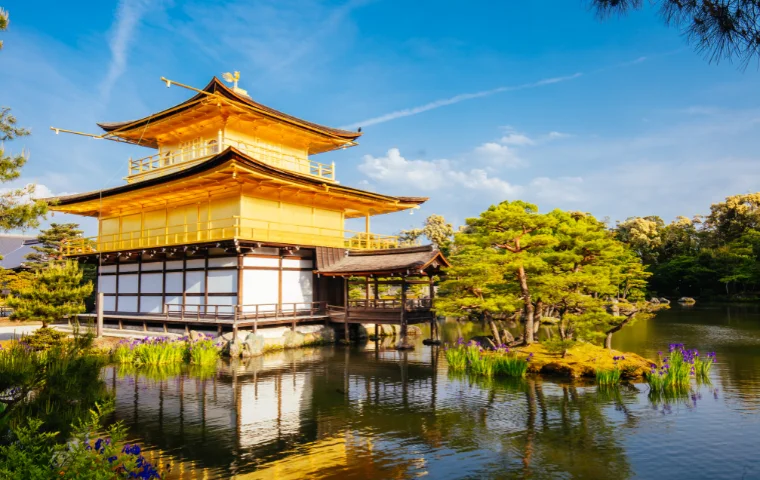
Known as Japan’s cultural capital, Kyoto which was literally a capital of Japan in the past is a treasure trove of historic temples, shrines, and traditional tea houses. The maiko districts, such as Gion and Higashiyama, offer a glimpse into the elegant world of traditional Japanese arts and entertainment.
Hiroshima – Resilience and Peace
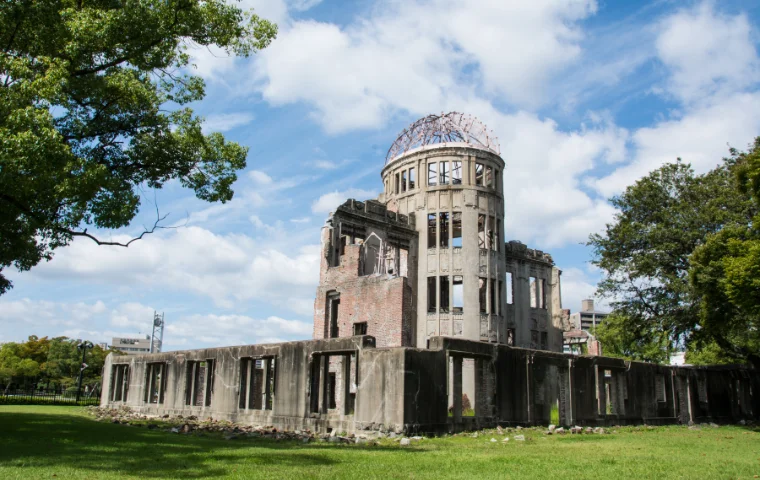
Hiroshima, forever etched in history, serves as a testament to the resilience of the human spirit. The Peace Memorial Park and Museum stand as powerful reminders of the city’s tragic past and its commitment to promoting peace and reconciliation. G7 Summit in 2023 was held in Hiroshima and a scene of heads of states visiting this park and museum was broadcasted in the world.
Wakayama – Kumano Kodo (Pilgrimage Trails)
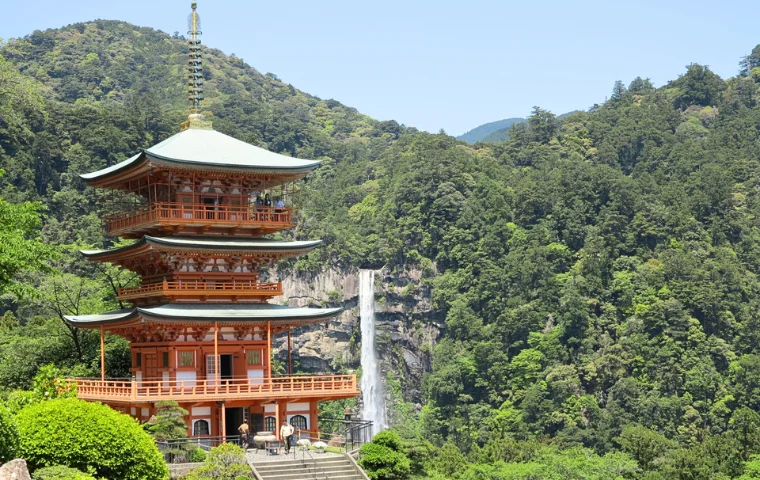
The Kumano Kodo, a network of ancient pilgrimage trails in the Kii Peninsula, offers a spiritual journey through lush forests and sacred sites. This UNESCO World Heritage site allows travelers to follow in the footsteps of pilgrims from centuries past.
Awaji Island – Gossa Kaito Iseki Ruins

On Awaji Island in Hyogo Prefecture are the remains of a hilltop village known as the Gossa Kaito Iseki (Ruins) where ironware manufacturing once flourished in the late Yayoi period roughly 1,800 to 1,900 years ago. The historic site of the Gossa Kaito Iseki (Ruins) is suspected to have been a thriving hub of ironwork as 12 of the 23 building-site remains have been found to be blacksmith workshops. With more than half of the ruins identified as ironwork sites in operation for more than a century, this is truly a rare archeological find, especially considering how precious iron was in the Yayoi era.
Hokkaido – Ainu village Lake Akan
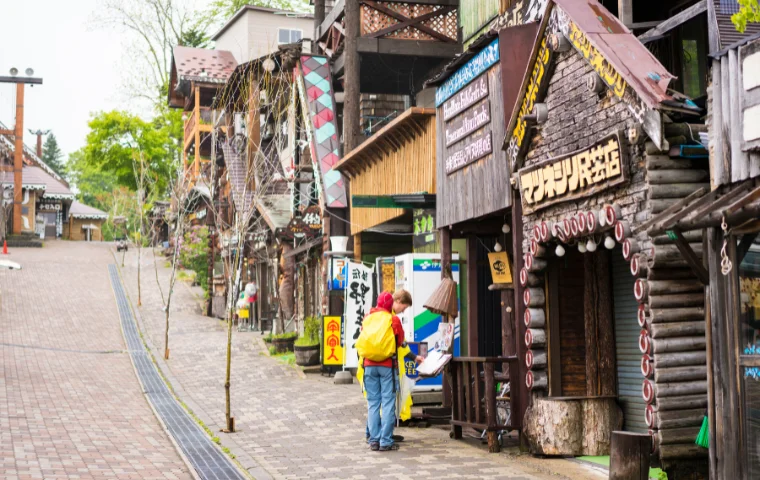
The largest Ainu village in Hokkaido is located on Lake Akan and offers history buffs a rare opportunity to witness the unique indigenous culture of the island. The hot spring town has a large settlement of around 130 individuals in 40 homes and tourists can experience the Ainu culture and purchase unique folk crafts from multiple establishments.
Conclusion
Heritage tourism in Japan transcends the conventional tourist experience, providing a profound connection to the nation’s past. By exploring the cultural treasures of Kyoto, the historical significance of Hiroshima, the spiritual trails of Kumano Kodo, and the time-traveling experience on Awaji Island, travelers gain a holistic understanding of Japan’s rich heritage. As a vital component of the overall tourism landscape, heritage tourism not only preserves the legacy of the past but also ensures its vibrant continuation for generations to come.









